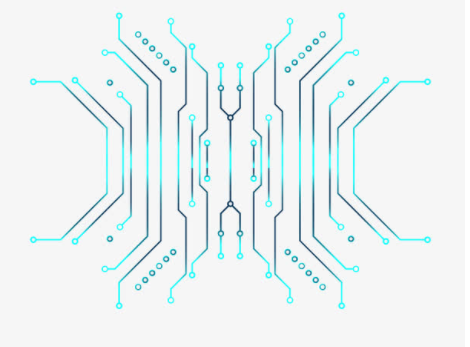PCB factory: common problems and common welding defects in wave soldering
1. sharpen
Causes: improper transmission speed, low preheating temperature, low tin pot temperature, small PCB transmission inclination, poor wave crest, flux failure, and poor solderability of component leads.
Solution: Adjust the transmission speed to the appropriate position, adjust the preheating temperature, adjust the temperature of the tin pot, adjust the angle of the conveyor belt, optimize the nozzle, adjust the waveform, change the flux, and solve the solderability of the lead.
2. Bridging
Causes: low preheating temperature, low tin pot temperature, high solder copper content, flux failure or density imbalance, printed board layout is not suitable and printed board deformation.
Solution: adjust the preheating temperature, adjust the temperature of the tin pot, test the Sn and impurity content of the solder, adjust the flux density, or change the flux, change the PCB design, and check the quality of the PCB.

3. Welding
Causes: poor solderability of component leads, low preheating temperature, solder problems, low flux activity, too large pad holes, oxidation of the printed board, contamination of the board surface, excessively fast conveyor belt, and low tin pot temperature.
Solution: Solve the solderability of the lead, adjust the preheating temperature, test the Sn and impurity content of the solder, adjust the flux density, design to reduce the pad hole, remove the PCB oxide, clean the board surface, adjust the transmission speed, adjust the tin pot temperature .
4. Tin thin
Causes: poor solderability of component leads, too large pads, too large pad holes, too large welding angles, too fast transmission speed, high tin pot temperature, uneven perspiration, and insufficient tin content in the solder.
Solution: Solve the solderability of the lead, design to reduce the pad, reduce the welding angle, adjust the transmission speed, adjust the temperature of the tin pot, check the pre-coated flux device, and test the Sn content of the solder.
5. Missing welding (partial welding opening)
Causes: poor lead solderability, unstable solder wave, flux failure, uneven flux spraying, poor PCB solderability, transmission chain jitter, pre-coated flux and flux incompatibility, and unreasonable process flow.
Solution: Solve the solderability of the lead, check the wave device, replace the flux, check the pre-coated flux device, solve the solderability of the PCB, check and adjust the transmission device, use the flux uniformly, and adjust the process flow.
6. Large deformation of printed board
Causes: tooling fixture failure, fixture assembly operation problem, PCB preheating uneven, preheating temperature is too high, tin pot temperature is too high, transmission speed is slow, PCB material selection problem, PCB storage damp, PCB is too wide.
6 Poor wettability
Causes: poor solderability of components/pads, poor flux activity, insufficient preheating/tin pot temperature.
Solution: Test the solderability of the components/pads, change the flux, and increase the preheating/tin pot temperature.
iPCB is a high-tech manufacturing enterprise focusing on the development and production of high-precision PCBs. iPCB is happy to be your business partner. Our business goal is to become the most professional prototyping PCB manufacturer in the world. Mainly focus on microwave high frequency PCB, high frequency mixed pressure, ultra-high multi-layer IC testing, from 1+ to 6+ HDI, Anylayer HDI, IC Substrate, IC test board, rigid flexible PCB, ordinary multi-layer FR4 PCB, etc. Products are widely used in industry 4.0, communications, industrial control, digital, power, computers, automobiles, medical, aerospace, instrumentation, Internet of Things and other fields.